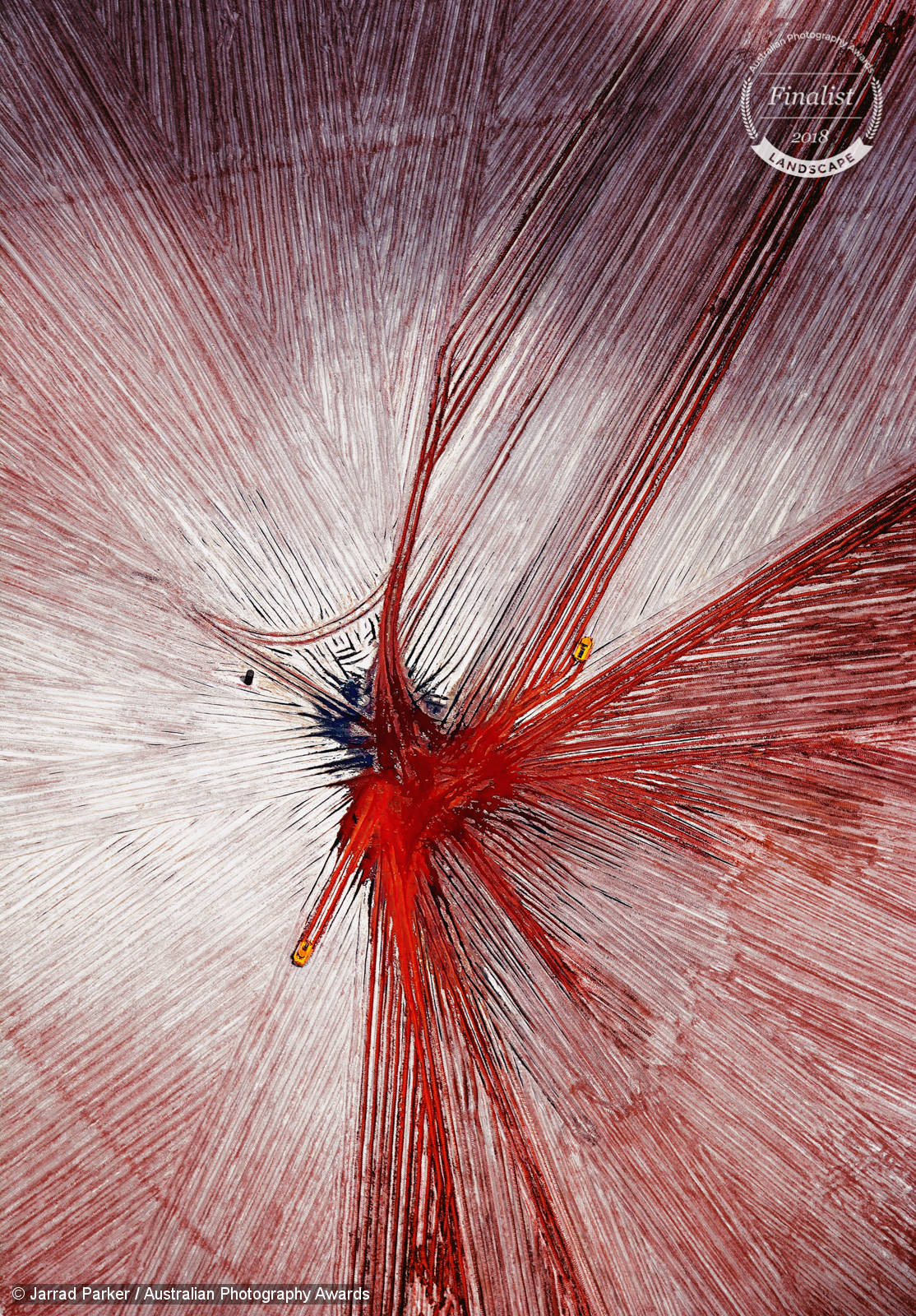This week we caught up with APA 2018 finalist Jarrad Parker to discuss his beautiful aerial and landscape photography.
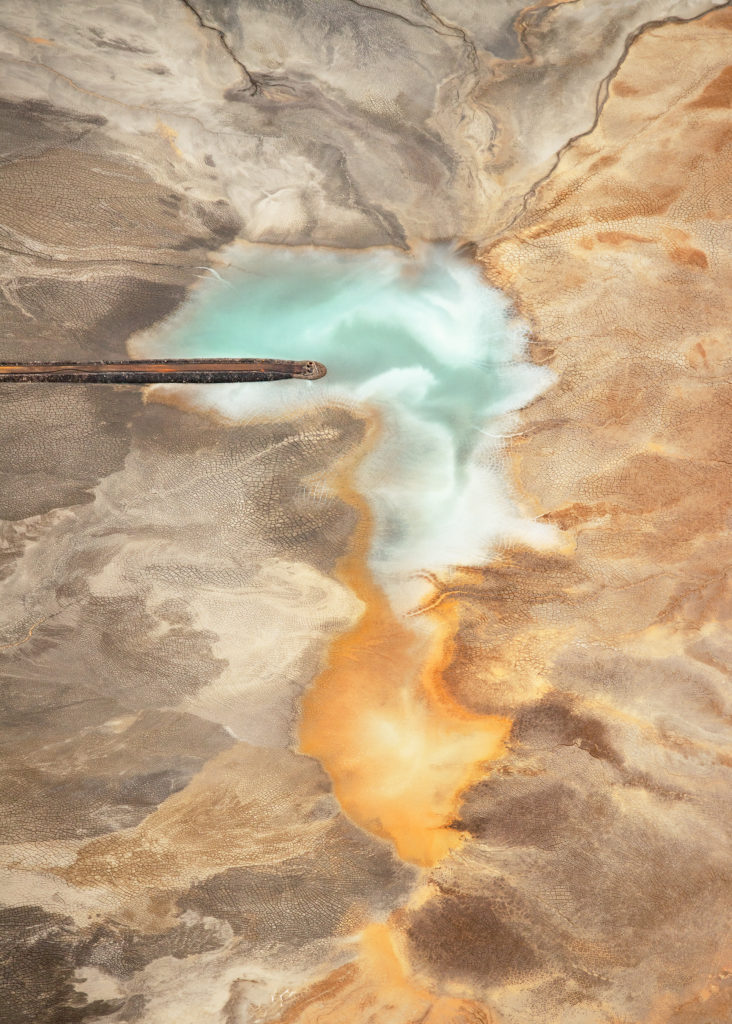
1. Hi Jarrad, can you tell us a bit about yourself and what made you pursue photography?
My name is Jarrad Parker and I am 39 years of age. I live about 30 minutes North of Perth in Western Australia, and I have loved wandering the natural world and experiencing dramatic weather since childhood. This love has grown stronger ever since, and like many, the natural world has become a much needed medicine. Apart from leaving loved ones at home, I have to admit, I do have a guilty pleasure in seeing suburbia in the rear view mirror. I have day dreamed about setting up home in so many remote places while out photographing it’s pretty ridiculous… I don’t think the beautiful surrounds lit buy golden hour light will outweigh the isolation for the wife.
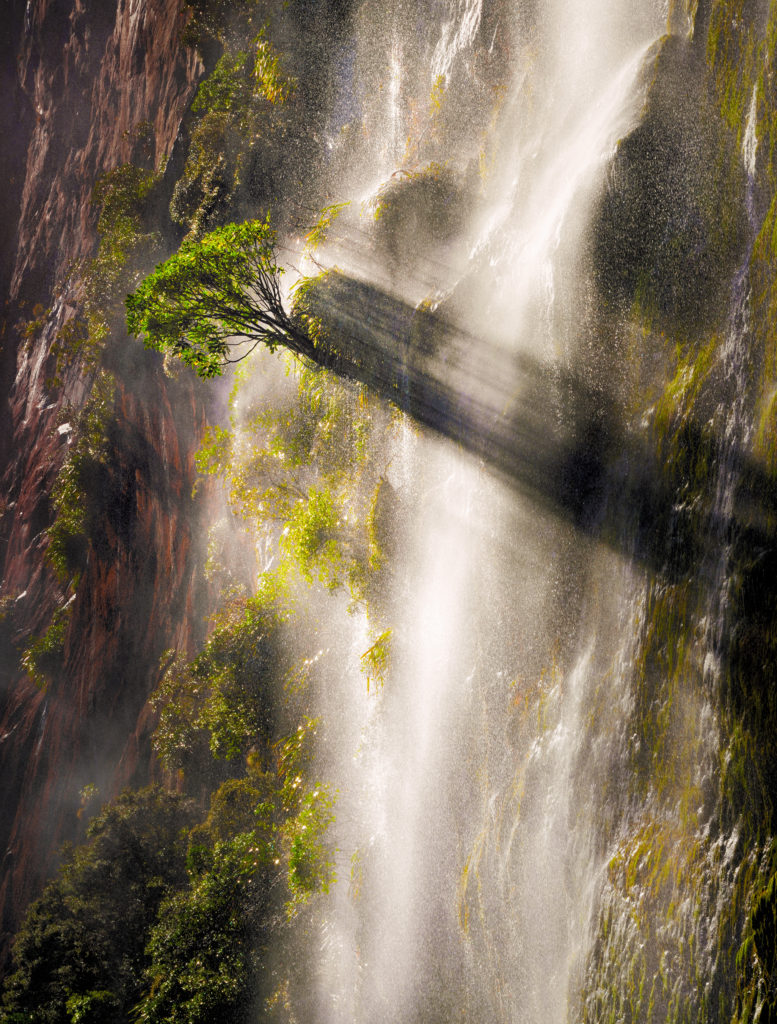
2. Your finalist image from APA 2018, ‘Incidental Art’, is visually striking and reveals the beautiful yet destructive impact of man. Can you tell us more about how you captured this and what compelled you to release the shutter?
‘Incidental Art’ was the image I was most proud of out of my submissions into APA 2018. It was also the one I was most attached to, which gave me much reason to be surprised and happy for it to have landed where it did in the landscape category. It is an image that took some persistence, but only came together because of a little luck. I was headed to an alumina refinery’s tailing ponds located at Worsley in the South West region of W.A. in the hopes of capturing some of the interesting colours, textures, and patterns that I knew could be found there having had previous experience with tailing ponds, seeing other images of the area, and from doing some research with the ever helpful Google Earth. I chartered a Cessna 182 from Bunbury, and once above the location, the patterns in this pond really captivated me. I spent some time photographing the tailing pond, making quite a few passes from different altitudes, but nothing that I was framing felt to be quite clicking. I then dedicated time to some of the other sections here before leaving unsatisfied to another similar landscape located slightly North. As we finished there and headed back to Bunbury, I chose to push the clock and take another look at the area so I could leave knowing I’d done my best with my time. As we got closer I could see some earth movers that hadn’t been there before now working the ponds, and as we flew back above this particular pond I couldn’t have been happier in that bitter sweet moment when I saw the freshly raked earth that had been dragged out into these striking formations, which were now filling with the red stained water that soaks the earth beneath. It took another few passes to get the altitude and timing of the banking of the plane right before I felt the composition had really clicked. I then took one final pass to soak things in before leaving content and confident that I had captured this unfortunate side effect of humans’ progression in way that I felt was pleasing, and with the type of image I had hoped to capture.
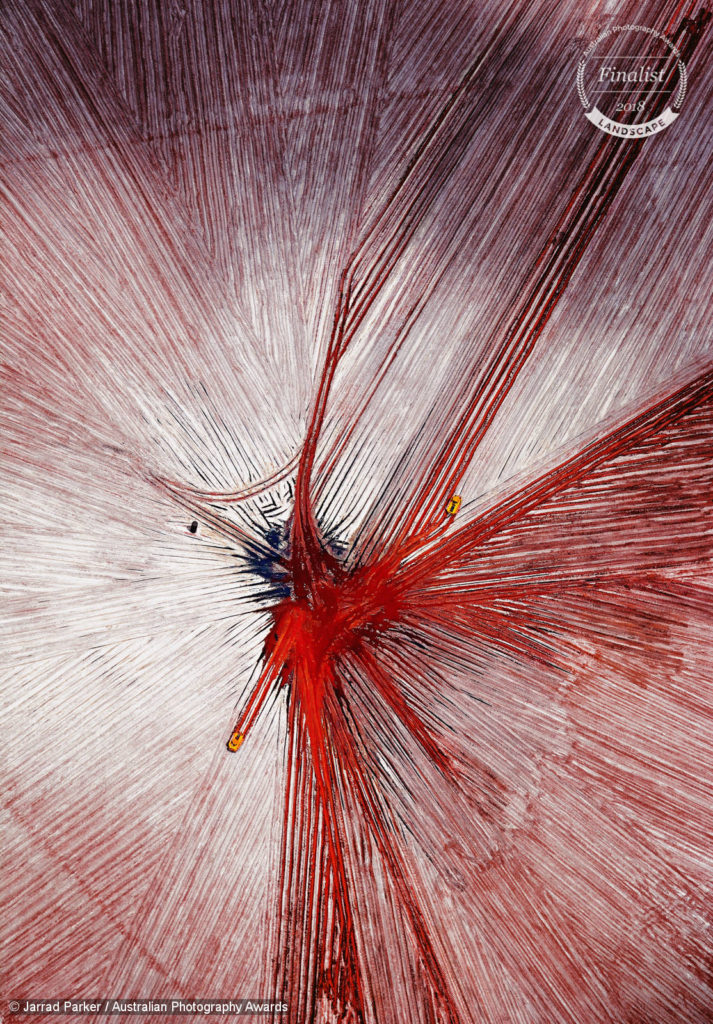
3. ‘As it Lays’ depicts a beautiful rock formation lit by early morning light in Karijini, Western Australia. Using this as an example, can you explain your processes when you’re out shooting?
‘As it Lays’ is one of those shots that makes my editing life a complete misery, but an utter joy at times. I shoot so many, but I have found them to be tough to capture in a pleasing way, so unfortunately only very few escape the fate of existing as unloved files scattered throughout my hard drives. I love all the small details that make up the landscapes around us, and at times they can tell a much more interesting and clearer story. Being a very visual person, I can often find myself fixated on light pouring across perfectly arranged patterns amongst the sand dunes, rather than the amazing sunrise that is filling the sky above; or examining the intricate colours pulled through an abstract mess on the surface of a rock, rather than the amazing cliff face it’s contained within. So when time permits in a location, I find no greater enjoyment than just wandering around the landscape with my camera in hand, soaking things in on all scales; often it is when I have slowed down that these intimate landscapes present themselves more clearly and more often.
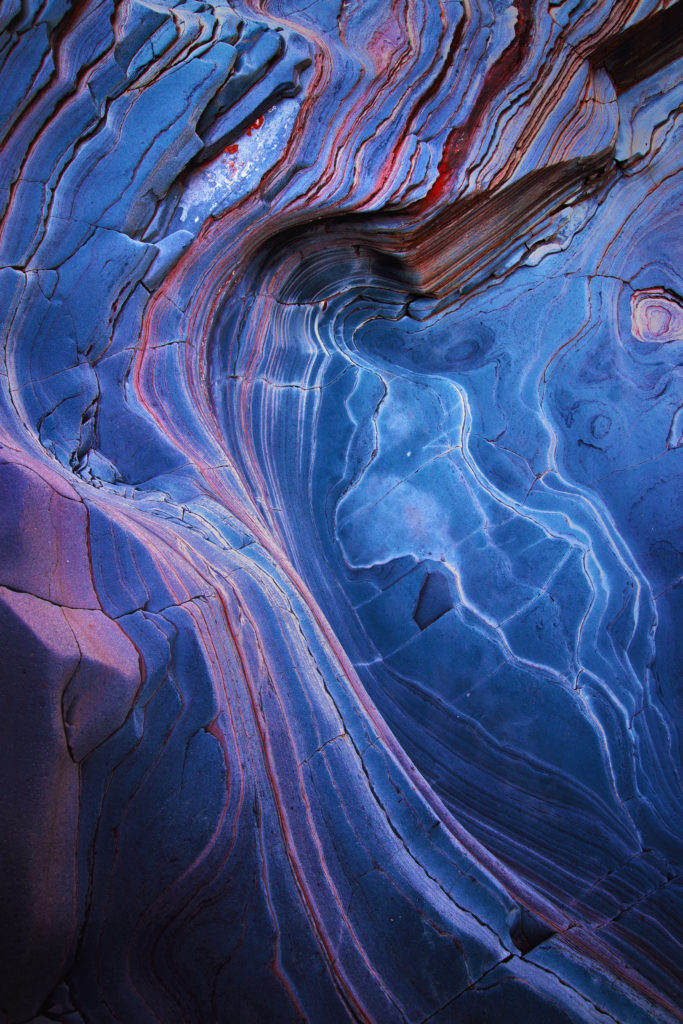
4. The dramatic landscape of ‘Gathering’ makes great use of light and composition. Can you explain the creative and technical decisions underpinning your work?
The technical decisions that underpin my work revolve around the scene before me, how or why it captured my attention and/or the feelings it placed upon me. I use my camera to cover bases with exposure, sometimes over several shots, and I make sure the composition is bringing the details and light together to portray the scene the way I am feeling it. Processing my photographs can see anything from a light touch through to heavy handed tease, but I always aim and want whatever it is that captured my eye or attention to sing and speak of the reason why it did so. I regard my camera, lenses, and software as tools and choose to use them in a way that facilitates a means to an end in telling my stories of observations.
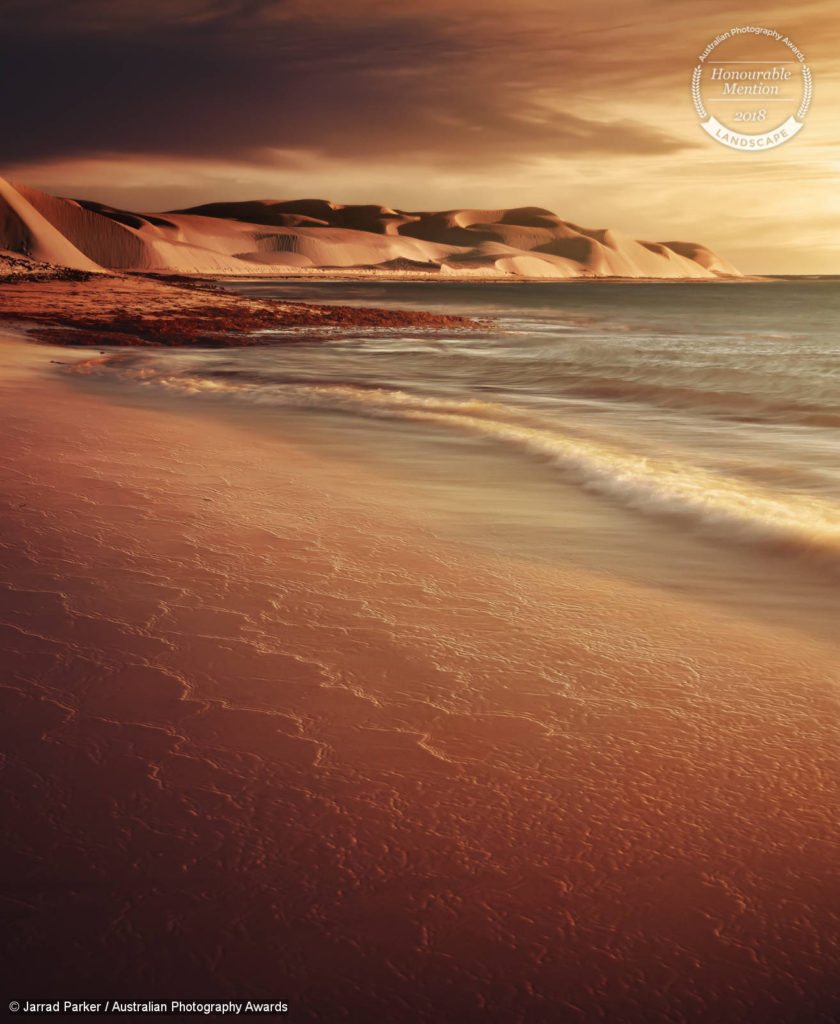
5. Photographer Ansel Adams once said, “landscape photography is the supreme test of the photographer – and often the supreme disappointment”. In your own experience, do you agree with this?
Ansel Adams quote of “Landscape photography is the supreme test of the photographer-and often the supreme disappointment” is something I relate to and agree with whole heartily. It speaks simply and clearly of the trials and tribulations, the learning curves, the disappointed journeys home, the what if’s and the questions of why am I doing this. But it also speaks loudly of reasons why so many do, why… because there are not many feelings that rival the one that fills you with joy when it all comes together.
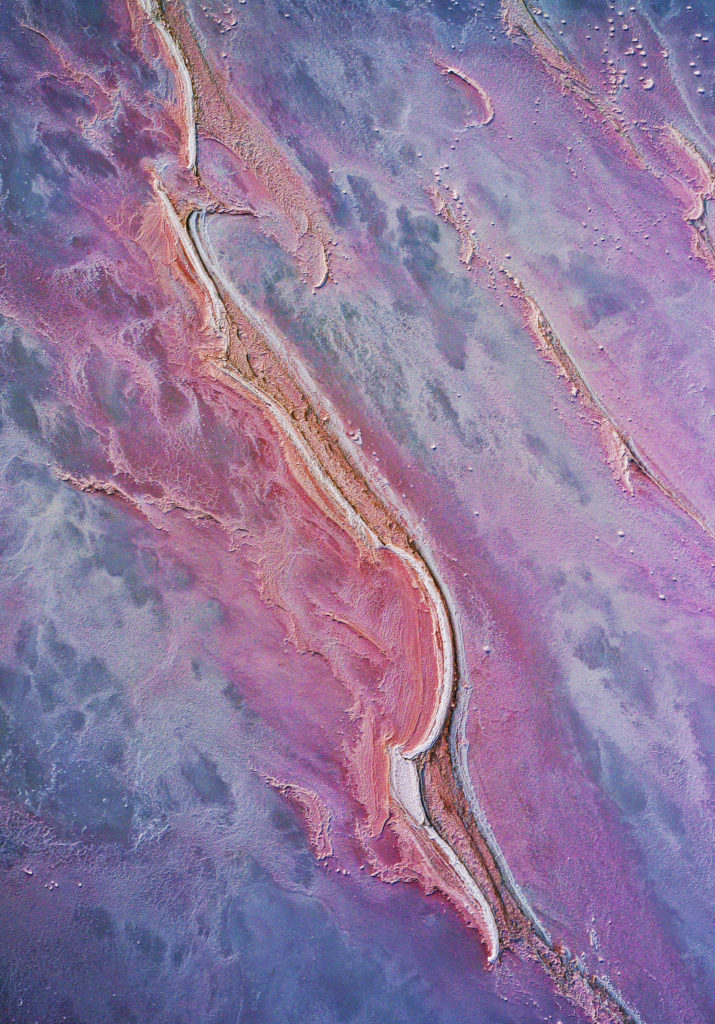
6. What do you love most about photography?
Photography for me is something that has sprouted out of this appreciation for the natural world. I picked up a camera to try and capture the feelings these landscapes placed upon me, and because I wanted to re-live the moments and experiences associated with the journeys taken to capture them. I came to learn that photography also helps me find so much more enjoyment and fulfilment in getting into the outdoors, so much so that I have now developed a side effect of crumbling with separation anxiety if out amongst the landscape at certain times of day without a camera near by. Nevertheless, I think this extra avenue of absorption into the natural world is what I have overall come to love most about photography.
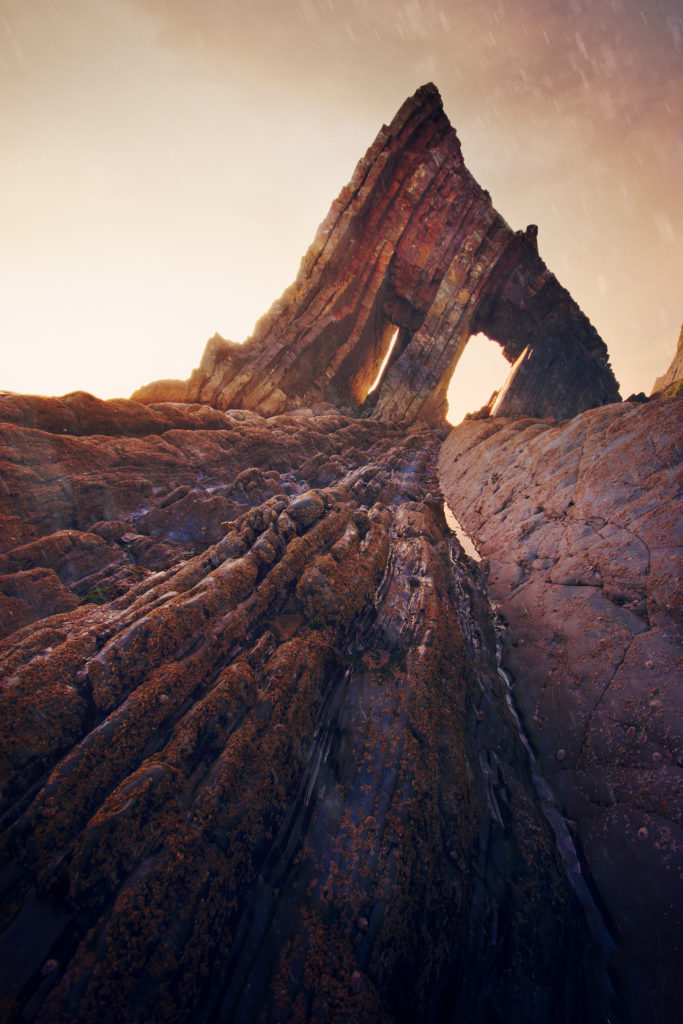
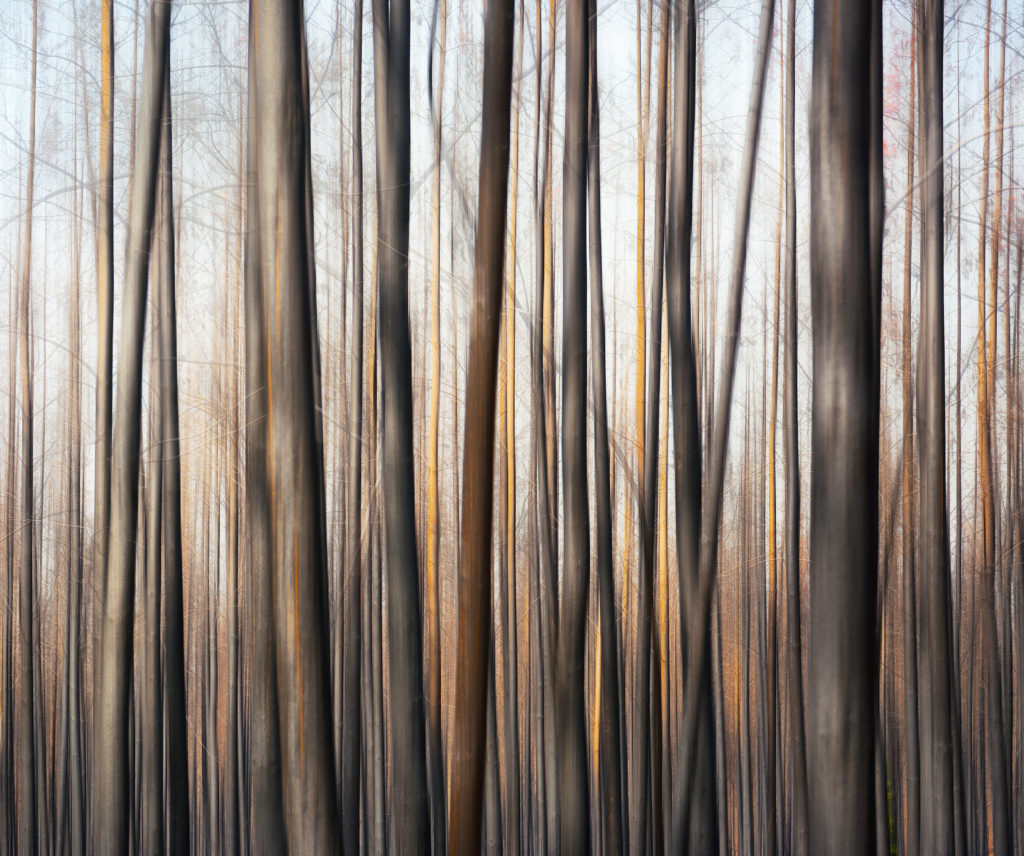
To see more of Jarrad’s talented work head to –
Instagram – @j.s.parker_
Website – www.jsparker-photography.com


